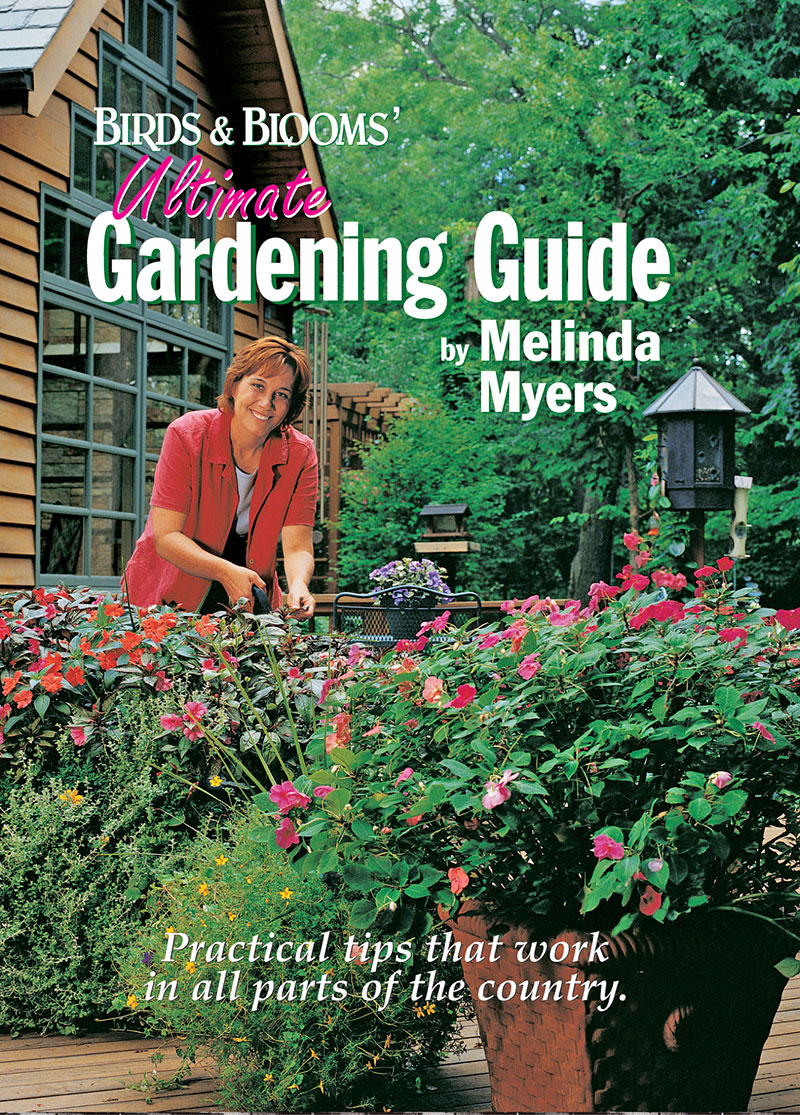
Perennial Ryegrass
- Botanical Name
- Lolium perenne
- Height
- Maintain at 2 to 3.5 inches
- Light
- Full sun to part shade
- Soil
- Well-drained
- Planting & Care
Ryegrass has long been included in both sunny and shady lawn seed mixes. These fast growing grasses provide quick cover, prevent erosion and serve as a living mulch until the slower germinating fescues and bluegrass sprout.
Annual ryegrass was the choice grass of the past. Unfortunately, if often dominates the lawn the first season, limiting the growth of fescue and bluegrass plants. Once it dies over winter, annual ryegrass leaves the new lawn full of bare spots. Weeds often move in before the bluegrass and fescues have a chance. Do not purchase lawn seed mixes containing annual ryegrass (which is often called Italian ryegrass).
Turf-type perennial ryegrass is better suited for lawn establishment. It has the same attributes as the annual ryegrass, but stays in the lawn, allowing for a smoother, less weedy transition into a bluegrass-fescue lawn. The finer leaf blade and darker color help this grass blend in better with bluegrass and fescue.
The high level of pest resistance and wearability of perennial ryegrass are added benefits. These features have made it a leading choice for athletic fields. It can also be used to overseed high-traffic areas for quick repair and durability.
Turf-type perennial ryegrass is becoming a larger part of home lawn seed mixes. Some lawn owners use 100% ryegrass in high-traffic areas. They reseed yearly or as needed to fill in thin areas. Perennial rye may be damaged in extreme winters in Northern parts of the midwest. Use mixes with smaller percentages of rye in these areas.
Seeding Rate - 7 to 9 pounds per 1,000 ft2 for new lawns
Overseeding Rate - 7 pounds per 1,000 ft2 for thinning lawns
Germination Time - 5 to 7 days
Sod - Not available
Optimum Planting Time - Mid to late August through mid September, mid October in Southern regions is best, or early spring before soil reaches 50°F
- Quick cover
- Aids the establishment of lawns
- Wearability
- Turf-types blend in with other cool season grasses
- Some salt tolerance
- Pest resistant
- Raise the mowing height of your lawn mower if you haven’t already done so. Taller grass shades out some weeds and forms deeper roots, making it better able to compete with weeds and more drought and pest tolerant.
- Make sure the blade is sharp for healthier and better-looking grass.
- Remove no more than 1/3 the total height of the grass at one time to reduce the stress on the lawn.
- Leave clippings on the lawn. Short clippings DO NOT cause thatch and break down quickly, adding moisture, organic matter, and nutrients to the soil. A season’s worth of clippings equals one fertilizer application.
- The amount of fertilizer your lawn needs should be based on the quality of lawn desired and the time you want to spend managing your lawn. High quality heavily used lawns require the maximum amount of fertilizer, while low maintenance lawns need the least.
- Start with a soil test so you apply the proper amount of fertilizer for your lawn.
- Fertilize on Memorial Day, Labor Day and Halloween. Eliminate the first two if you are following a low maintenance plan and add a light summer feeding if you are watering and going for a high quality lawn.
- Increase success and decrease the risk of damage by using Milorganite fertilizer. It’s an organic-nitrogen slow release fertilizer that won't burn the lawn and the iron is an added bonus. Plus, the phosphorous is non-leaching. And when the microorganisms work on the Milorganite it releases phosphorous and potassium bound in the soil, making it available to the grass.
- Proper watering helps keep your lawn healthy and enables it to out-compete the weeds. Water early in the morning, if possible, and thoroughly when footprints are left behind. This encourages deeply rooted drought and pest tolerant grass.
- Recent droughts and efforts to conserve water may mean a change of habit. If you allow your lawn to go dormant during drought, minimize foot traffic and play on dormant lawns.
- Don’t apply herbicides or quick release fertilizer to dormant lawns. The fertilizer will feed the weeds and both can damage the dormant grass.
- Once you let your lawn go dormant, leave it dormant until the weather cools and rains return.
- A healthy lawn is your best defense against weeds. When weeds occur it usually means the growing conditions are better for the weeds than your grass.
- Aerate lawns growing on compacted soil or with a half an inch of thatch or more.
- Hand dig small populations of weeds. There are some new tools on the market that make this easier.
- Spot treat weeds using the most eco-friendly products available.
- Always sweep grass clippings and fertilizer residue off the walks and drives. This simple step keeps unwanted nutrients out of our waterways and eventually drinking water.
- Never fertilize lawns when the ground is frozen.
- Consider using a push or electric mower. It’s good for the waistline and the environment.
- Problems
- Grubs, sod webworm, leaf spot, rust, voles (winter), moles (summer), skunks and raccoons digging for grubs
- Varieties
- Advent
- Barage
- Elka
- Repell II
- Tara
- Manhattan II - seed contains endophytic fungus that increases the plant's vigor as well as drought and stress tolerance
Related Content
Categories
Upcoming Live Events
& Webinars
April 27, 2024
Ridges & Rivers Book Festival
Viroqua, WI
Register now
April 28, 2024
Flowering Trees and Shrubs
Ebert's Greenhouse Village, Ixonia, WI
May 1, 2024
FREE WEBINAR
Ornamental Fruits and Vegetables
Register now
May 4, 2024
Garden U 2024
New Richmond, WI
Register now
May 9, 2024
FREE WEBINAR
How to Plant Your Rain Garden
Register now
May 11, 2024
Ask The Plant Doctor Q & A
Ebert's Greenhouse Village, Ixonia, WI
May 12, 2024
Ask The Plant Doctor Q & A
Ebert's Greenhouse Village, Ixonia, WI
May 18, 2024
Ask The Plant Doctor Q & A
Ebert's Greenhouse Village, Ixonia, WI
June 1, 2024
Selecting, Planting, Pruning and Caring for Hydrangeas
Ebert's Greenhouse Village, Ixonia, WI
June 5, 2024
FREE WEBINAR
Under-Appreciated Pollinators
Register now
WATCH ON-DEMAND WEBINARS
Learn More












